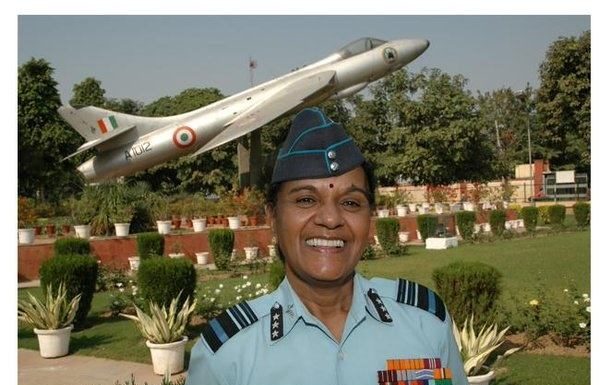On my way to the supermarket yesterday, as was my habit, I carefully jotted down things needed for my pantry. It was the usual fruits, vegetables, pulses, milk, yoghurt, protein bread, sunflower seed butter, vegetarian cheese, nuts. This was the typical Indian vegetarian diet that I had inherited from my parents. My formative years were in a household where eggs were forbidden and bringing meat in would cause disownment. Most of our vegetables and pulses came from farms and gardens nearby where no big agro corporations had yet set foot. As I grew up and went into professional sports, my diet included a bit of eggs now and then but consuming meat was something I could not psychologically get myself to do. So, I grew up with no worry of E.Coli, foot and mouth or many other pathogens making their way to my stomach.

There was one major difference between my list today and couple of months or years back. I had insisted on buying organic and had phased myself out of all packaged and frozen food. I even jokingly told my brother “ 95% of the supermarket does not belong to us”.
There was another small difference; my food bill had shot up by almost 60%. It is almost like unhealthy, pesticide laced, additive filled food had been incentivized.
During one of my grassroots work in food security I happened to travel to northern India where I heard about the “cancer express” that ran from Bhatinda in Punjab to Bikaner in Rajasthan.
For the uninitiated, Bhatinda is a grain and cotton hub in north India, which benefited by the Green revolution that swooped the nation in the 1960s. The health department has estimated the number of patients in the region at 120-125 per lakh against 71 in the rest of India. The last year alone has seen an increase in patients to a staggering 80%. The surface water has found to be contaminated with arsenic, cadmium, chromium, selenium and mercury. In a country where healthcare is expensive and often limited, prevention is definitely better than cure. But, how can a farmer prevent this and most importantly how can I contribute? These thoughts passed my mind while I silently watched the documentaries “cancer train” and “Pesticide Boom”.
I did a quick analysis of the pesticides Indian farmers used as opposed to the farmers in the west. Many of the chemical fertilizers like Endosulfan are still being used as a miracle-agrochemical in India and China but are banned in EU, US, New Zealand and Australia. Since, agriculture is one of the most important sectors of an economy, the corporations are interested in profiting but the lack of public education has lead to us not knowing what reaches our plate. The government has a very important role to play here and does the health research committee. Increasing number of statistics are pointing towards the risks and hazards associated with pesticides and fertilizers.
The foremost step in this regards would have to be the Right to information – right to know what substances constitute the chemicals that go into our food and in our environment. The second would have to be upgrading of our testing standards that must resonate with the health issues being faced by citizens over a period of time. The third and the most important would be educating the masses, because once the audience is aware of the problem it would definitely lead to increased government action.


























